Fall Care For Your Container Garden
Here’s my “organized mess” container garden: I’ve got everything from herbs, perennials, annual flowers, tropicals and desert plants.
The air is getting nippy, and now you’re wondering what will happen to your luscious green patio/balcony garden with winter on its way. Here’s a starter guide for what you can do this fall to extend the bliss of your garden and prepare for the cold weather.
Keep Growing
First off, you still have time to enjoy the sweet greenery of your patio garden. Until night temperatures consistently stay below zero, some of your summer plants will survive but you can start replacing them with cold tolerant ones.
For decorative plants, hardy mums, pansies and ornamental cabbage can replace your flower boxes. For edibles, leafy greens love this weather so get crackin’ on some lettuce and kale! You can grow certain crops from seed now or trade with a well-prepared friend who grew them earlier. Grow brassica microgreens for a quick no-fuss harvest if you’re short on time.
Lettuce can taste sweeter with the cooler weather — yum!
I’ve pushed the envelope (sometimes too far) to extend the growing season of my patio garden. Some things that have helped me:
Plant ’em up ASAP: get your plants out of tiny nursery pots and into bigger well-insulated containers. Line it with landscape fabric for extra warmth.
Cover up at night: for particularly cold nights, cover your plants with spare fabric, or upturn jars/plastic containers.
An assortment of lettuces and kale
Preparing Perennials
Overwintering potted perennials outdoors is not for the faint of heart as there’s always a chance they may bite the dust (especially with how unsteady Canadian winters have been!). However, to maximize your chances try:
Choosing perennials that are 2+ zones hardier: my Toronto zone is a 6 so I try and buy perennials that are 3–4, however I’ll roll the dice on a 5. Hardier plants mean roots that can better tolerate the thaw/refreeze cycles of our winters.
Pot them in extra large containers: bigger means more soil, which means more insolation — always a good thing! Line with landscape fabric here too.
Choose frost-proof pots: materials like plastic, iron and wood do well. Avoid terracotta as most can crack with temperature shifts.
Huddle like a family: group your plants together against a wall for warmth.
Potted perennials in larger plastic containers (to the right is the original nursery pot)
Of Course, the Houseplants!
So, you brought your houseplants out to enjoy the summer sun but what now? It’s time to identify and prioritize what you’ll bring indoors. If you’re like me and went a little wild hoarding new plants all season and are now left without spare room indoors, this is the perfect time to rehome them while the weather is still warm. See my indepth post in bringing your houseplants indoors for the winter here.
Tropicals and succulents head back in for sure, but some of our “annuals” actually make good houseplants. For example, geranium (which most people throw out at the end if summer) and rosemary overwinter indoors great.
Here we’ve got succulents, a banana and pitcher plant, all happy to go indoors for the winter. Dahlias (centre) can be cut back after frost, tubers dug out and stored indoors to be planted next year.
The easiest time to bring your plants inside is when your indoor and outdoor temperatures start to match. You can definitely push it later until it gets 5–10°C at night but you’ll have to go through the hassle of acclimating it slowly to your home to avoid shock.
So, what should you do before bringing them inside? Your plant friends would appreciate a good spa treatment after being outdoors for months. Here’s what I do:
Prune: any dead or sad looking leaves can go.
Prep the soil: remove the top inch of soil (where bugs may have laid eggs) and replace with fresh potting mix.
Soap spray: to kill soft-bodied pests, spray down your plant with an insecticidal soap (I make my own with a 1 teaspoon castile soap : 3 cups water mixture). Concentrate in the underside of the leaves and leave 15 minutes to overnight.
Soap soak: simultaneously, I’ll take the same ratio and drench the soil, letting it sit in a tub of soapy mixture for a few hours.
Shower: finish off with a refreshing shower after the soap treatment. Run your plants under a lukewarm shower for one last cleaning.
Important note: give bright light and good air circulation to allow an adequate dry out (or you’ll get root rot!).
I personally use Dr. Bronner’s castile soap, unscented
I know we’re all dreading the finale of our patio gardens but rest assured there’s still time to enjoy the greenery a little longer.
Happy growing!
Support my Work by Purchasing an Art Print!
Related Posts:


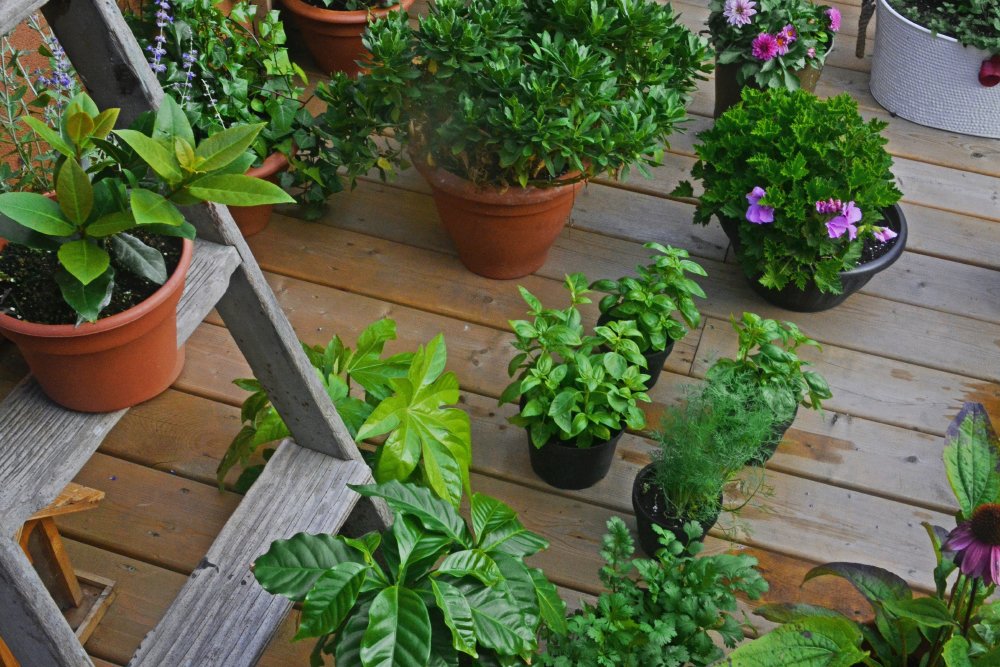
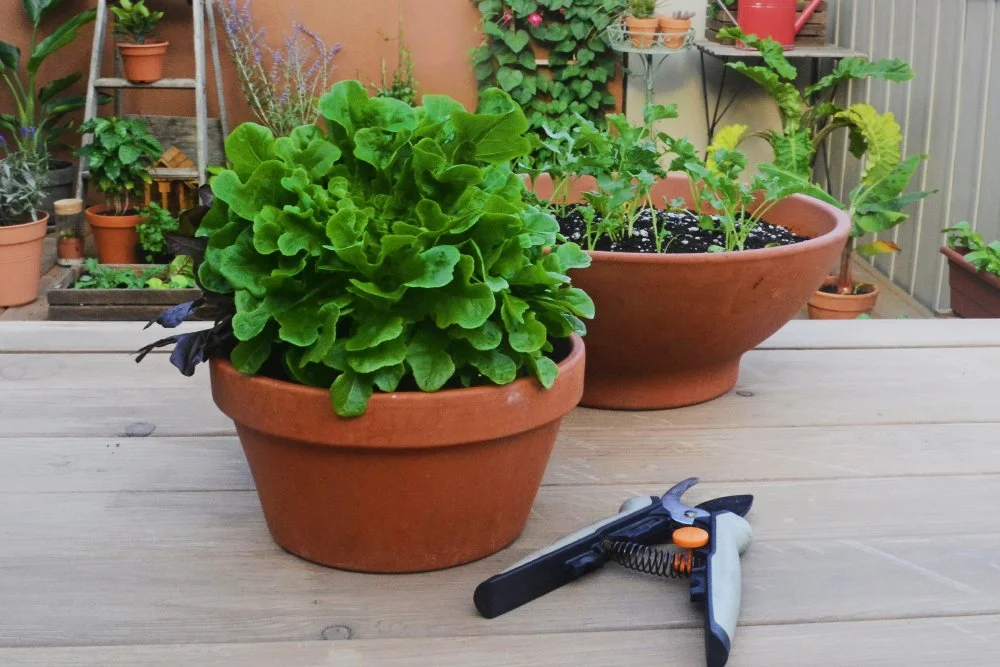

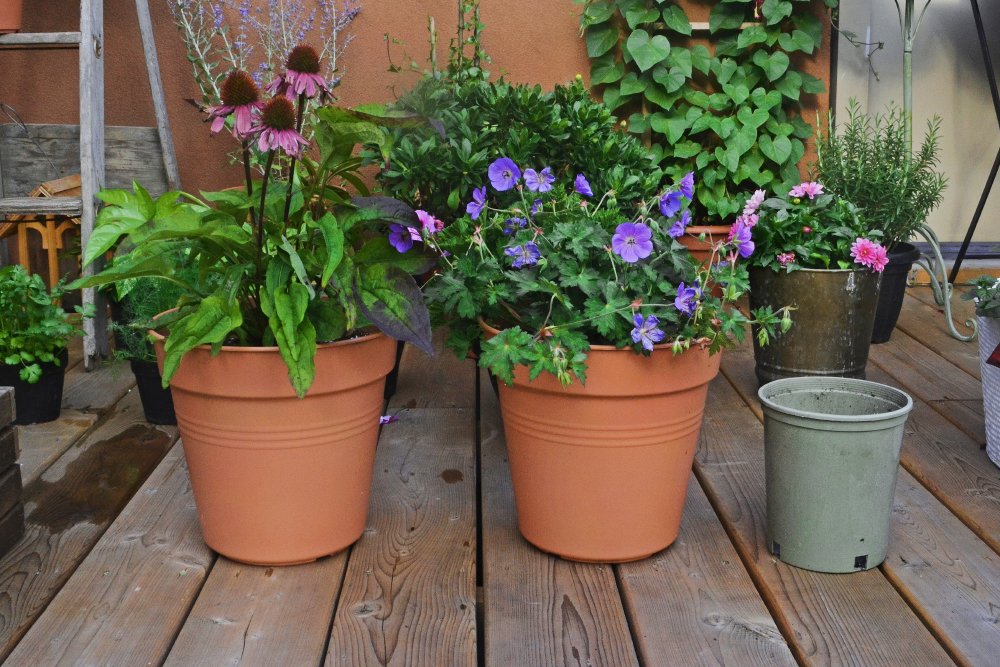



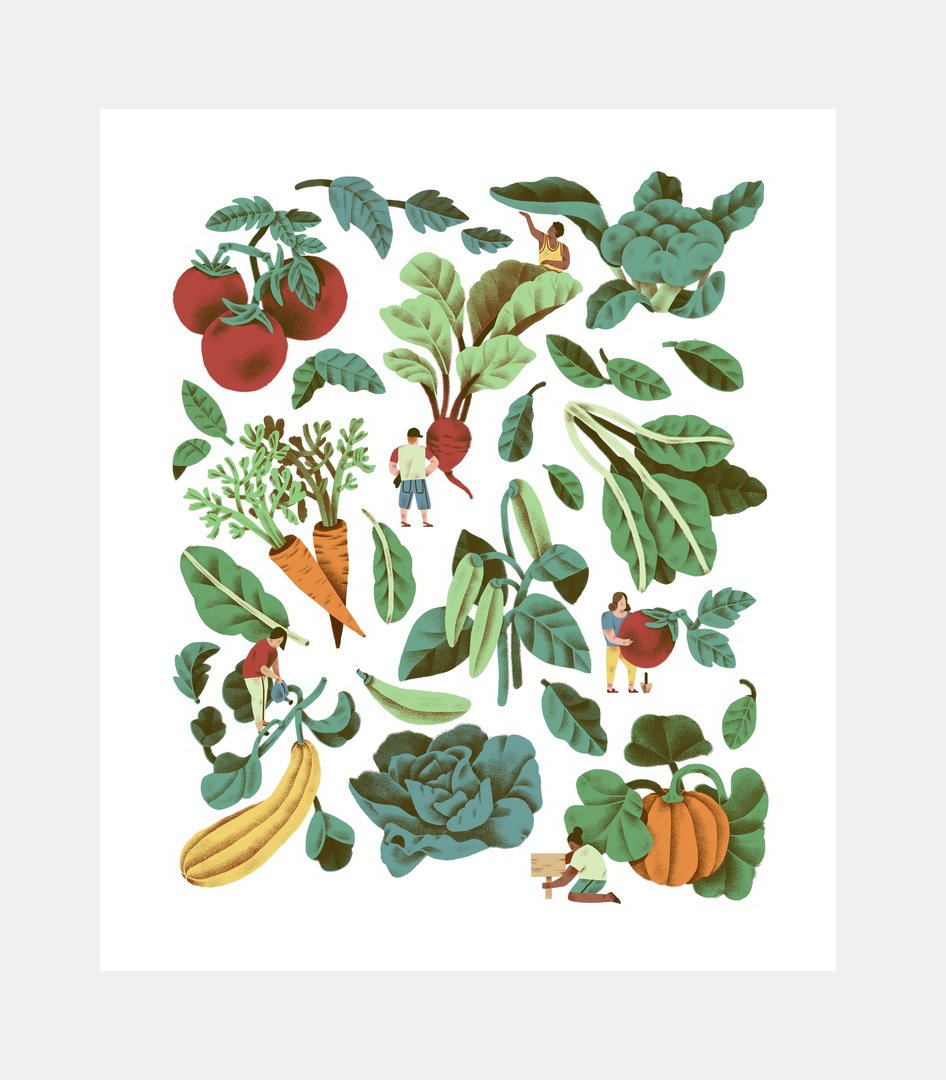


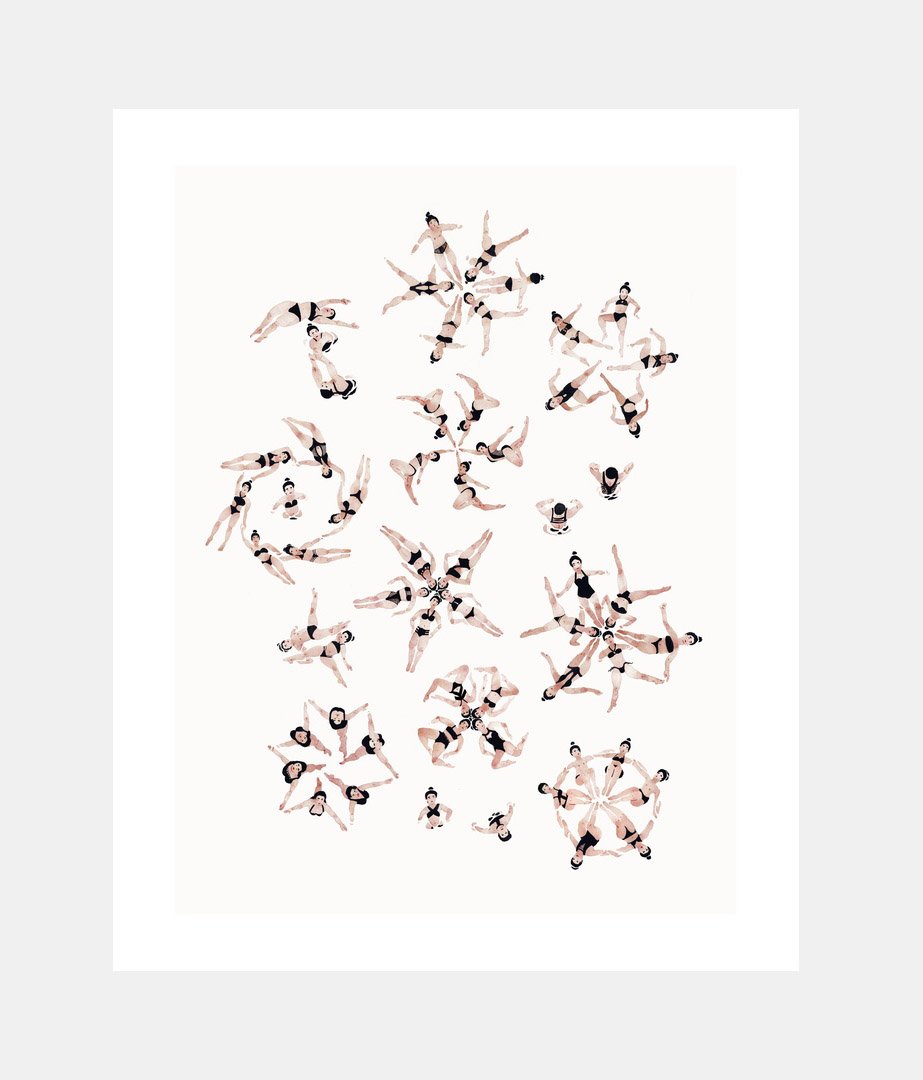






'Jade Cross' Brussels Sprouts are a hybrid seed boasted to have an early maturation period and resilient nature in particularly cold climates.